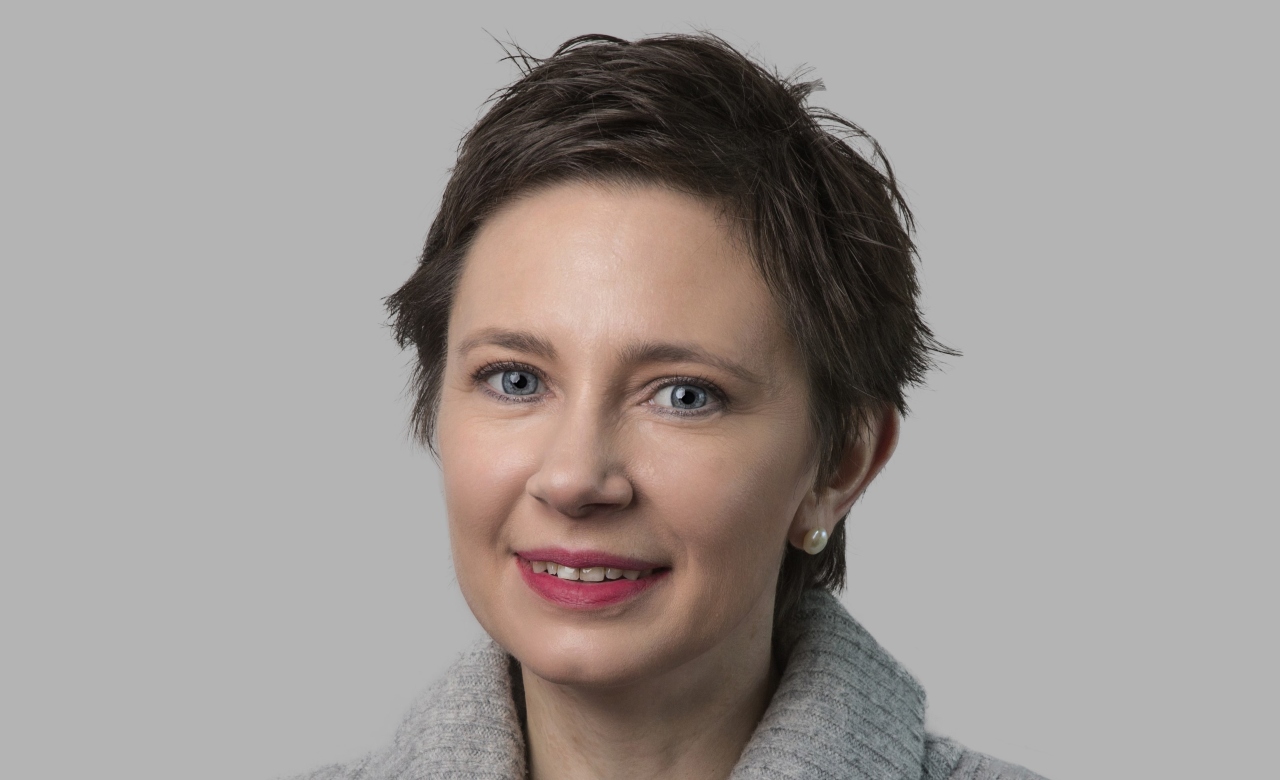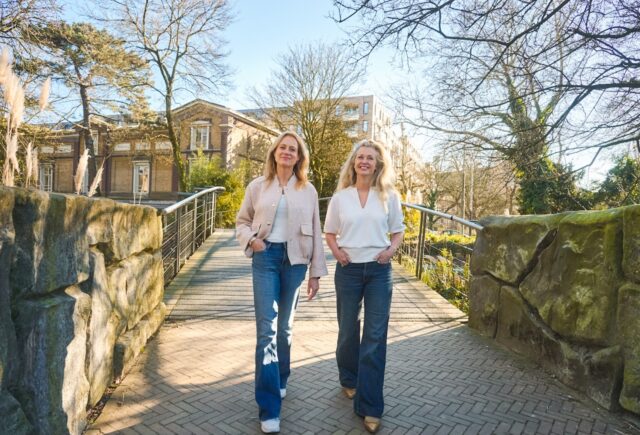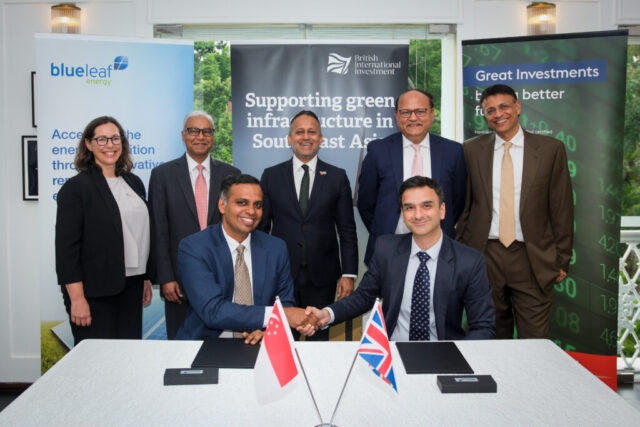Fixed income markets may be bigger than equity markets, but they don’t feature as prominently in sustainable investment discussions. Anthropocene Fixed Income Institute hopes to change all that.

Anthropocene Fixed Income Institute (AFII), a non-profit think tank backed by prominent philanthropists and foundations, was launched in July 2020 during the height of the Covid-19 pandemic, proving that where there is a will, there is a way.
It argues that if we are to succeed in solving the climate challenge, government and corporations should face much higher cost-of-capital if they continue funding fossil fuel projects, and that fixed income markets will play a key role in shaping the future.
“Fixed income markets include governments, so if you want to change government policy or actions it has to be done through the fixed income markets,” Catherine Greene, chief impact officer of AFII, tells Impact Investor.
Neglected
The organisation, headquartered in Sweden with offices in London and Singapore and a total staff of 14, is the brainchild of Ulf Erlandsson, its founder and CEO. Erlandsson was formerly a credit portfolio manager at AP4, one of the Swedish national pension buffer funds, and quant strategist at Barclays Capital. He has written extensively on credit trading, climate impact in fixed income and the combination of the two over the past 15 years.
Greene joined AFII in the spring of 2023, having spent much of her career as an allocator to hedge funds and private equity funds. She admits that the ambition of empowering fixed income markets to drive the global climate transition at speed and scale is not for the faint-hearted – but change on a global scale has never been easy.
The reason for focusing on fixed income markets is because they have been slightly neglected with regard to environmental, social and governance (ESG) issues, despite their size, Greene said.
AFII has recently published research on themes including climate risk pricing, sustainability-linked bonds (SLBs) and other labelled bonds, fossil funding, carbon accounting, coal decommissioning, and biodiversity. It also undertakes market-level research, as well as covering single issuers in detail.
‘Climate-positive way’
The research is conducted in what AFII calls a hybrid model, where it aims to apply the intellectual stringency of academia to market-based questions as well as bringing practical relevance to traditional academic work such as SLB pricing through an option framework, and green bond risk premiums to name a few.
“Our research aims to help participants in the fixed income market align their portfolios in a climate-positive way,” Greene said. “The bigger mission is to drive climate alignment in fixed income markets and what we would ideally like to see is changes to the relative cost-of-capital for fossil fuel versus climate positive investments, making financing more expensive for polluting industries and companies.”
To accomplish its mission, AFII publishes research, portfolio tools and analytics while engaging in outreach meetings with investors as well as advocacy work. Most recently its focus has been research on SLBs, which differ from the better-known green bonds where you have to specify what you are going to use the proceeds of the debt for.
“SLBs are different with a step-up feature where you set a performance indicator or target, and if you do miss the target your interest payments go up, or down if there is a step-down feature,” she explains.
AFII argues that the advantages of SLBs are that you do not have to specify the projects so the performance indicators can be used for restructuring and changing a company.
“This feature makes them ideal for sectors which are hard to transition to more a climate-positive future through ongoing changes even if it is not linked to a specific green project,” Greene said. Countries such as Chile and Uruguay have issued sovereign SLBs, which could be the way forward for others looking to finance their energy transition, such as Japan, Greene added.
Performance indicators
AFII also produces academic papers, such as how to price the value of the step-up and step-down features using option pricing, and making the argument that it should be a meaningful step-up and that performance indicators need to be genuinely ambitious.
It recently organised outreach round-tables in London, Europe and in Asia, where fixed income investors joined the banks to talk about the demand for these types of instruments, what’s working and what is not, what a really great SLB would look like and how to get a top-quality benchmark SLB, Greene said.
“There are quite a few out in the market but for many the issue is that the step-up payment is not significant or that the key performance indicators are easily attainable, and does not lead to substantial changes,” she explained.
Greene was hired to bring structure and methodology into AFII’s processes so that its effectiveness in the market can be measured. “We know our research is well-read and received but what I am going to be doing is systematise that so that we can have a sound scientific way of measuring the success of our research,” she said.
Greene is interviewing a range of stakeholders to understand the effects of AFII’s work, and how it has influenced capital flows and pricing. “We would like to influence people to shift capital flows but we cannot just make that statement without knowing what aspects of our work lead to which behavioural changes,” she said. “In order to understand the range of things that has lead changes and what role AFII has played in it we need to take a deep dive into those that use our research.”
Is it changing behaviour?
Greene will also find out whether the type of research AFII is doing actually changing behaviour. “We want to make sure that there is an over-arching link between what we propose in our research and having a positive effect on the world in terms of capital flows and pricing,” she said.
Once the initial findings are analysed, the aim is to integrate the insights into the research process and turning that into a repeatable, measurable process where changes over time can be measured. This will be applied to other areas of the organisation as these functions develop.
AFII also ranks counterparties looking at their relative fee generation from fossil fuel debt capital market transactions in what it calls ‘The Box’. “It is a counterparty de-selection algorithm and a way for asset owners, asset managers and bond issuers with climate goals to steer fossil-fee focused banks towards better climate alignment,” Greene said.





